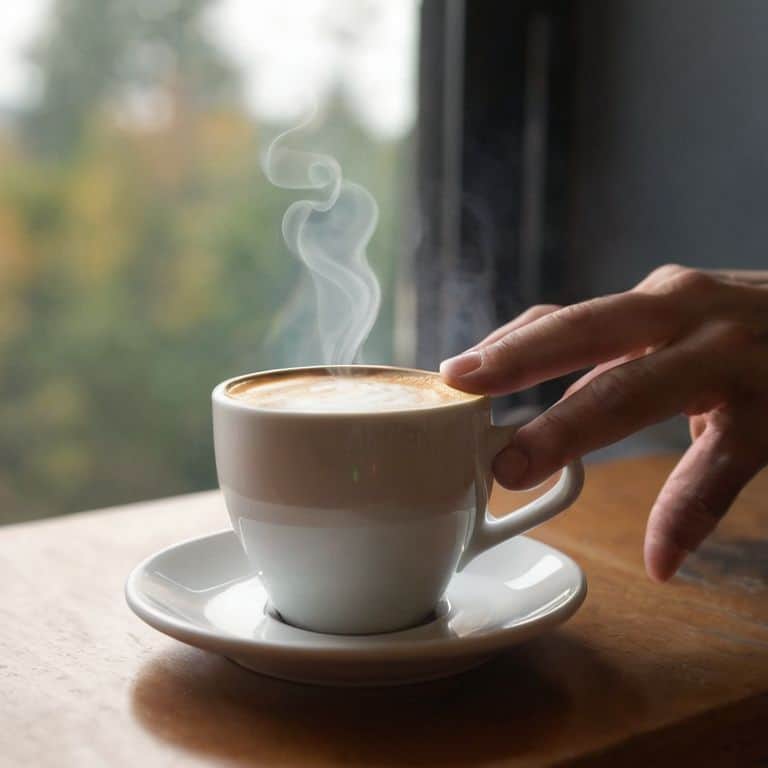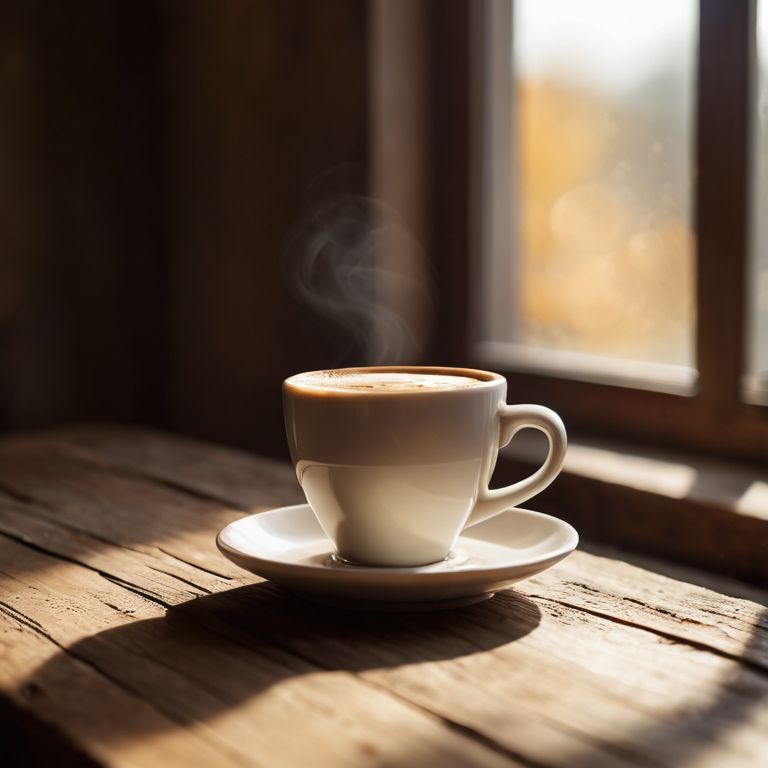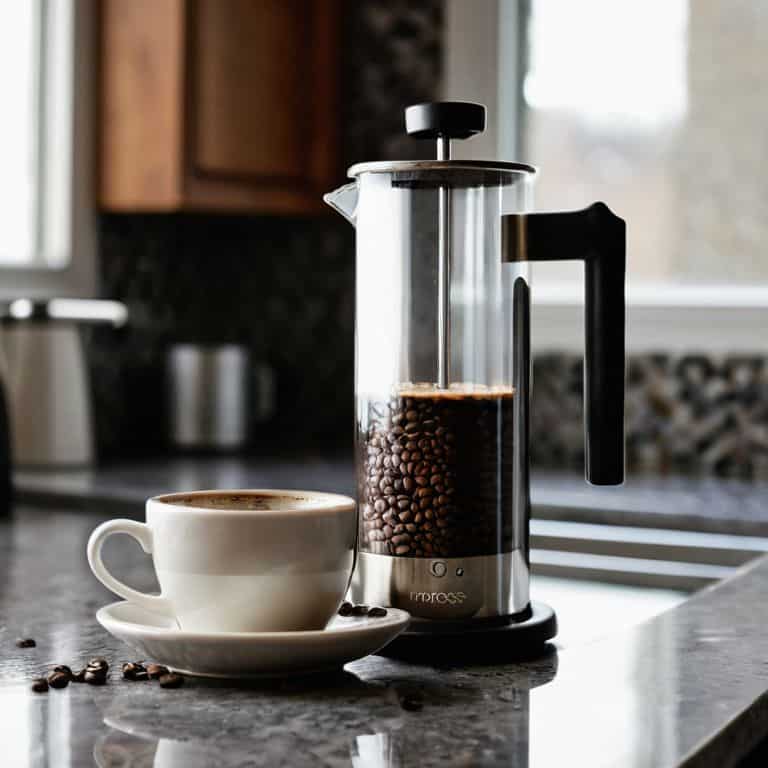I still remember the first time I used the coffee taster’s flavor wheel – it was like a whole new world of flavors opened up, and I couldn’t wait to dive in and explore. The myth that you need to be a seasoned barista to understand and use the flavor wheel effectively is simply not true. In fact, learning how to use the coffee taster’s flavor wheel is a game-changer for anyone looking to elevate their coffee tasting experience, from casual coffee drinkers to professional baristas. I’ve seen it time and time again – a deeper understanding of the flavors in your cup can completely transform your relationship with coffee.
As someone who’s spent years perfecting their craft, I’m excited to share my knowledge with you and guide you through the process of how to use the coffee taster’s flavor wheel. In this article, I’ll cut through the noise and provide you with practical advice on how to get the most out of this powerful tool. You’ll learn how to identify and describe the subtle nuances in your favorite coffees, and how to use the flavor wheel to inform your brewing decisions and take your coffee game to the next level. Whether you’re a coffee novice or a seasoned pro, this guide will give you the skills and confidence to unlock the full potential of your coffee and discover new flavors and aromas that will leave you wanting more.
Table of Contents
- Guide Overview: What You'll Need
- Step-by-Step Instructions
- Mastering Coffees Flavor Wheel
- 5 Essential Tips to Unlock the Full Potential of the Coffee Taster's Flavor Wheel
- Key Takeaways for Mastering the Coffee Taster's Flavor Wheel
- Unlocking the Secrets of the Flavor Wheel
- Unlocking the Full Potential of Your Coffee
- Frequently Asked Questions
Guide Overview: What You'll Need

Total Time: 1 hour 15 minutes
Estimated Cost: $10 – $20
Difficulty Level: Easy
Tools Required
- Coffee Taster’s Flavor Wheel (printed or digital version)
Supplies & Materials
- Coffee Samples various types and roasts
- Water for brewing coffee
- Pen and Paper for note-taking
Step-by-Step Instructions
- 1. First, let’s start with the basics: understanding the coffee taster’s flavor wheel itself. This tool is a circular diagram that maps out the different flavor profiles found in coffee, from fruity and floral to nutty and chocolatey. I like to think of it as a _treasure map_ for your taste buds, helping you navigate the complex world of coffee flavors.
- 2. Next, choose a coffee you want to taste and brew it using your preferred method. As a barista trainer, I always emphasize the importance of using _high-quality beans_ and paying attention to the grind size to ensure the best possible flavor. For this exercise, try to use a coffee you’ve never had before, or one that you’re familiar with but want to explore in more depth.
- 3. Now it’s time to taste the coffee and start using the flavor wheel. Begin by taking a small sip and letting the coffee sit in your mouth for a few seconds. As you swallow, pay attention to the _initial flavors_ that hit your palate, and see if you can identify any of the categories on the flavor wheel. Are you getting notes of citrus, berries, or perhaps something more _earthy and nutty_?
- 4. As you continue to taste the coffee, start to think about the flavor profile in more detail. Are there any _fruit notes_ that stand out to you, such as apple or stone fruit? Perhaps you’re getting hints of _spices_ like cinnamon or cardamom. Try to be as specific as possible, and see if you can identify the exact flavor you’re experiencing.
- 5. The next step is to start mapping your flavors onto the coffee taster’s flavor wheel. Take a _close look_ at the diagram and see where your identified flavors fit in. Are they clustered in one area, or spread out across the wheel? This can help you start to see patterns and _connections_ between different flavors, and gain a deeper understanding of the coffee’s overall character.
- 6. Now that you’ve started to map out your flavors, it’s time to think about the balance and acidity of the coffee. Are there any flavors that are _dominating_ the palate, or are they all working together in harmony? Pay attention to the _finish_ of the coffee, and see if you can detect any lingering flavors or _aftertastes_.
- 7. Finally, take a step back and think about the overall _story_ of the coffee. What can you infer about the coffee’s _origin_ and _processing method_ based on the flavors you’re experiencing? Are there any _clues_ in the flavor profile that suggest a particular region or farm? This is where the coffee taster’s flavor wheel really comes into its own, helping you to _unpack_ the complex flavors and aromas of the coffee and gain a deeper appreciation for the craft of coffee-making.
Mastering Coffees Flavor Wheel

As I delve deeper into the world of coffee flavor profiling, I’ve come to realize that mastering the nuances of flavor is an ongoing journey. One that requires patience, dedication, and a willingness to refine your sensory evaluation skills. Through my experience as a barista trainer, I’ve seen firsthand how understanding coffee flavor notes can elevate one’s coffee tasting experience. It’s not just about identifying the obvious notes, but also about detecting the subtle hints that make each coffee unique.
To take your coffee flavor profiling to the next level, I recommend incorporating coffee cupping methodology into your routine. This involves systematically evaluating the flavor, aroma, and texture of different coffees to develop a deeper understanding of their characteristics. By doing so, you’ll become more attuned to the intricacies of coffee flavor and better equipped to appreciate the nuances that make each coffee special.
Through flavor wheel training for coffee, you’ll gain a more comprehensive understanding of the relationships between different flavor notes. This, in turn, will enable you to make more informed decisions when it comes to selecting the perfect coffee for your taste preferences. As you continue to hone your skills, remember that coffee tasting is a sensory experience that requires patience, attention to detail, and a willingness to explore the vast world of flavors that coffee has to offer.
Sensory Evaluation for Coffee Connoisseurs
As I delve deeper into the world of coffee, I’ve come to realize that sensory evaluation is an art that requires patience, attention to detail, and a willingness to slow down. For coffee connoisseurs, it’s about immersing oneself in the experience, noting the nuances of aroma, flavor, and mouthfeel. I recall my own journey, where I’d spend hours cupping coffee, meticulously recording my observations, and refining my palate. It’s a meditative process, one that allows me to connect with the coffee on a deeper level.
By honing my sensory evaluation skills, I’ve been able to appreciate the subtle differences between coffee varieties, roast levels, and brewing methods. It’s a skill that takes time to develop, but one that’s essential for truly understanding the complexities of coffee. As I continue to explore the world of coffee, I’m reminded that sensory evaluation is a lifelong journey, one that requires dedication, curiosity, and a passion for discovery.
Unlocking Notes With Flavor Profiling
Unlocking Notes with Flavor Profiling
As I delve deeper into the world of flavor profiling, I’m constantly amazed by the nuances that emerge. By carefully considering the flavor wheel’s categories – fruity, floral, chocolatey, and more – I’ve developed a keen sense of how to coax out specific notes in my brews. For instance, I’ve found that a slightly higher temperature can accentuate the fruity notes in an Ethiopian Yirgacheffe, while a cooler temperature brings out the floral hints.
By experimenting with these subtle adjustments, I’ve been able to unlock a wide range of flavors in my coffee. It’s a truly meditative process, requiring patience and attention to detail. As I continue to refine my skills, I’m excited to see where this journey takes me – and I hope to inspire you to do the same.
5 Essential Tips to Unlock the Full Potential of the Coffee Taster's Flavor Wheel
- Dive into the World of Flavors: Start by familiarizing yourself with the coffee taster’s flavor wheel, exploring its various sections and categories to understand how different flavors are related and grouped
- Train Your Palate: Practice tasting a variety of coffees, paying close attention to the nuances of flavor and aroma, and use the flavor wheel as a guide to identify and describe the notes you encounter
- Record Your Findings: Keep a coffee journal to track your tastings, noting the flavor profiles of each coffee and any observations about how the flavors change over time or with different brewing methods
- Explore the Dimensions of Flavor: Don’t just focus on the basic flavor categories – delve deeper into the wheel’s inner circles to discover more subtle notes, such as fruit, floral, or wine flavors, and learn how to balance and harmonize them in your brewing
- Experiment and Refine: Use the flavor wheel as a tool for experimentation, trying out new roast levels, brewing techniques, and ratios to see how they impact the flavor profile of your coffee, and refine your skills through continuous practice and sensory evaluation
Key Takeaways for Mastering the Coffee Taster's Flavor Wheel
I’ve found that using the coffee taster’s flavor wheel is not just about identifying flavors, but about understanding how they interact and balance each other in a cup, which has been a game-changer for my own coffee tasting experiences
By applying sensory evaluation techniques, such as slurping and paying attention to the texture and weight of the coffee, I’ve been able to pick up on nuances I never thought possible, and it’s amazing how much of a difference it makes in appreciating the craftsmanship of a well-made cup
Experimenting with different roast levels, brewing methods, and even water chemistry has allowed me to see how these variables impact the flavor profile of my coffee, and I’m excited to continue exploring and sharing my findings with fellow coffee enthusiasts
Unlocking the Secrets of the Flavor Wheel
The coffee taster’s flavor wheel is not just a tool, it’s a key to unlocking the hidden harmonies and discordances in your cup – it’s a reminder that every sip is a journey of discovery, and that the perfect shot is not just about technique, but about understanding the symphony of flavors that elevate the ordinary to the sublime.
Julian Vale
Unlocking the Full Potential of Your Coffee

As we’ve explored the intricacies of the coffee taster’s flavor wheel, it’s clear that mastering this tool is key to unlocking a deeper appreciation for the nuances of coffee. From sensory evaluation to flavor profiling, we’ve covered the essential steps to enhance your coffee tasting experience. By applying these principles, you’ll be well on your way to becoming a coffee connoisseur, capable of discerning the subtlest notes and flavors in your favorite brews. Whether you’re a seasoned barista or a curious newcomer, the flavor wheel is an indispensable resource for anyone looking to elevate their coffee game.
So as you continue on your coffee journey, remember that the pursuit of the perfect cup is a lifestyle, not a destination. With the flavor wheel as your guide, you’ll be empowered to explore new roasts, experiment with novel brewing methods, and push the boundaries of what’s possible with coffee. As you refine your palate and develop your skills, you’ll find that the joy of coffee lies not just in the taste, but in the journey of discovery itself – and that’s a truly rewarding cup.
Frequently Asked Questions
How can I apply the coffee taster's flavor wheel to identify subtle notes in different coffee roast levels?
To identify subtle notes in different coffee roast levels, I recommend using the flavor wheel to pinpoint specific flavor characteristics. For lighter roasts, look for fruity and floral notes, while darker roasts often reveal chocolatey and nutty flavors. Pay attention to the nuances in acidity and body as you move along the roast spectrum.
What are some common mistakes to avoid when using the flavor wheel for sensory evaluation of coffee?
I see beginners making the same mistakes over and over – like not calibrating their palate or being too vague with their descriptions. To avoid this, start by resetting your senses with a neutral flavor, then be brutally specific with your notes, using the wheel as a guide. Trust me, it’s all about precision and patience.
Can the coffee taster's flavor wheel be used to develop a unique flavor profile for my own coffee blends at home?
Absolutely, the coffee taster’s flavor wheel is a powerful tool for crafting unique blends at home. By identifying the flavor notes you enjoy, you can experiment with different roast levels, origins, and ratios to create a custom profile that suits your taste. I love using it to dial in my own blends, and it’s amazing how a few subtle tweaks can elevate the entire flavor experience.



